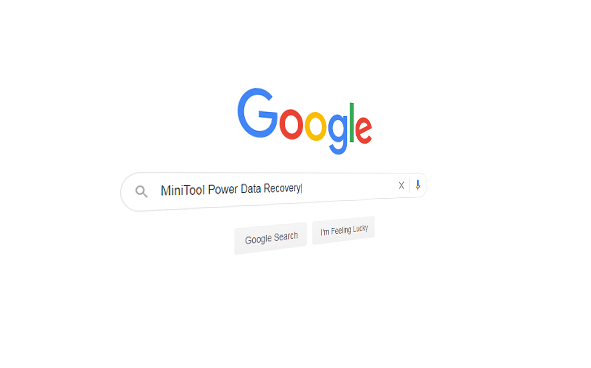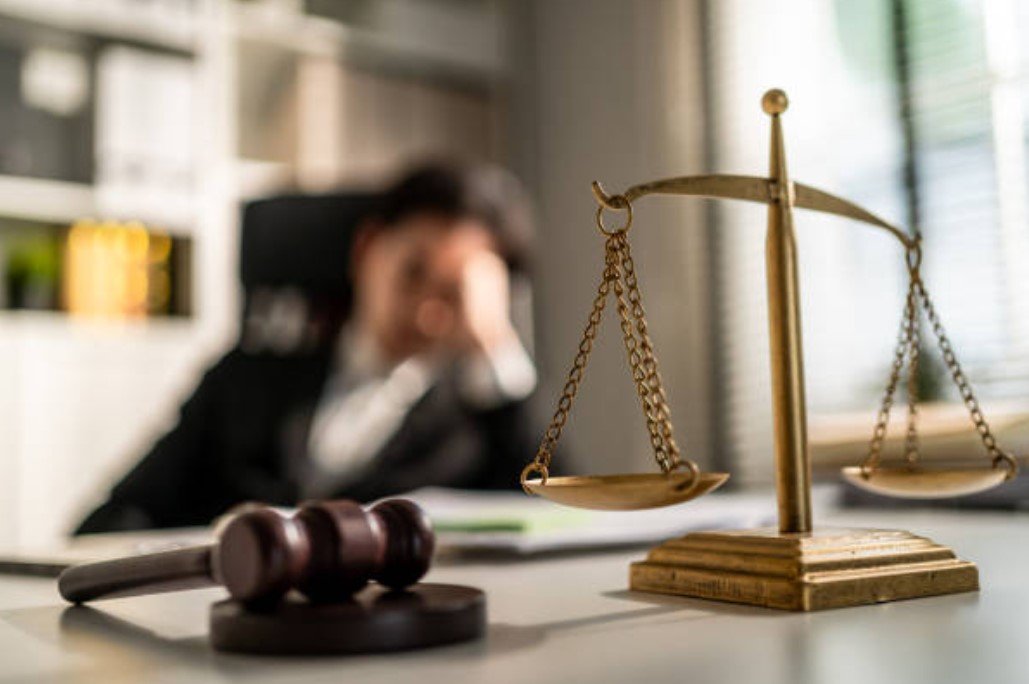USB is a popular portable storage media that allows you to easily store files and transfer files. You need to connect the USB drive to your computer and read data on it. Sometimes you may meet the “USB device not recognized” error on Windows 10. The causes of this issue might be uncertain, but you can try the possible fixes below to see if it can help you fix USB not recognized problem.
As for the lost data on USB device, you can utilize an easy and free USB data recovery program – MiniTool Power Data Recovery – to recover lost data from USB drive.
Basic Troubleshooting Steps
- Eject the USB device and plug in again. Plug in the USB to other USB ports on your Windows 10 computer to see if it shows up.
- Connect the USB device to another computer to check if it displays.
- Change another USB cable if you use a USB cable to connect the USB device to your computer.
- Pull out the USB and restart your computer, then plug in the USB again to see if it is recognized by your computer.
Advanced Measures to Fix USB Device Not Recognized Issue
Trick 1. Check if the USB Device is shown in Disk Management
If the connected USB device doesn’t show in File Explorer, you can check if it is shown in Windows Disk Management. Follow the instructions below.
You can press Windows + R, enter diskmgmt.msc in Run dialog, and press Enter to open Disk Management window. Check if the USB device is displayed in Disk Management.
If the removable drive shows in Disk Management but you can’t see it in Windows File Explorer, try solutions below to fix the USB not recognized error.
Trick 2. Change a drive letter for the USB device
The connected USB drive may have the same drive letter as one of the partitions on your computer disk drive. Change a drive letter for the USB device to see if it helps.
To change drive letter, you can do it in Disk Management or using a third-party free disk partition manager.
You can follow the operation in Trick 1 to open Disk Management, right-click the USB drive and choose Change Drive Letter and Paths. Set a new drive letter for the USB drive.
Trick 3. Update the USB device driver in Device Manager
If the USB device is not recognized in Windows 10, it might be due to the outdated or incompatible driver. You can follow the steps below to update the USB device driver.
- You can press Windows + X, select Device Manager to open Device Manager on Windows 10.
- Expand Disk drives in the list, and right-click the USB device to select Update driver to update the USB device driver.
Besides, you can also try to install the latest updates on your Windows 10 computer to avoid driver incompatibility issue. You can press Windows + I, click Update & Security -> Windows Update -> Check for updates in Windows Settings to automatically update Windows 10 OS.
Trick 4. Troubleshoot USB device problems
Windows 10 has a built-in Hardware and Devices troubleshooter. You can use it to find and fix problems related to computer hardware and devices.
You can press Windows + R to open Run dialog. Then you can type msdt.exe -id DeviceDiagnostic in Run box, and press Enter to continue troubleshoot problems with devices and hardware on your computer.
Trick 5. Check and fix logical errors on USB
The USB drive may have some corruptions and bad sectors. This may lead to the USB device not recognized error on Windows 10. Try to use Windows CHKDSK tool to check and fix disk errors.
You can press Windows + R, type cmd in Run dialog, press Ctrl + Shift + Enter to run Command Prompt as administrator. Next you can type chkdsk <drive letter:> /f /r command in Command Prompt Window, e.g. chkdsk h: /f /r, and press Enter to run CHKDSK to repair corrupt file system and check bad sectors on the USB drive.
Trick 6. Recover data from corrupt USB and reformat it
If the USB is not working well and has some corruptions, you should immediately back up files to another device. If you already lost some data, you can use MiniTool Power Data Recovery to recover lost data from USB drive.
- You can get this free data recovery tool from MiniTool official website. Download and install MiniTool Power Data Recovery on your Windows 10 computer.
- Connect the USB drive to your computer. Launch MiniTool Power Data Recovery.
- Click Removable Disk Drive in the left pane and choose the target USB drive in the right window. Click Scan
- When the scan process finishes, you can check the recovery result and tick needed files. Click Save button to select a destination to store the recovered files.

After you recover data on the USB, you can use Windows Disk Management or MiniTool Partition Wizard to easily format the USB for free. Right-click the USB drive in software and choose Format to format it.
Round Up
If the connected USB device is not recognized by your Windows 10 computer, hope these tricks can help you make it show up and work normally.





